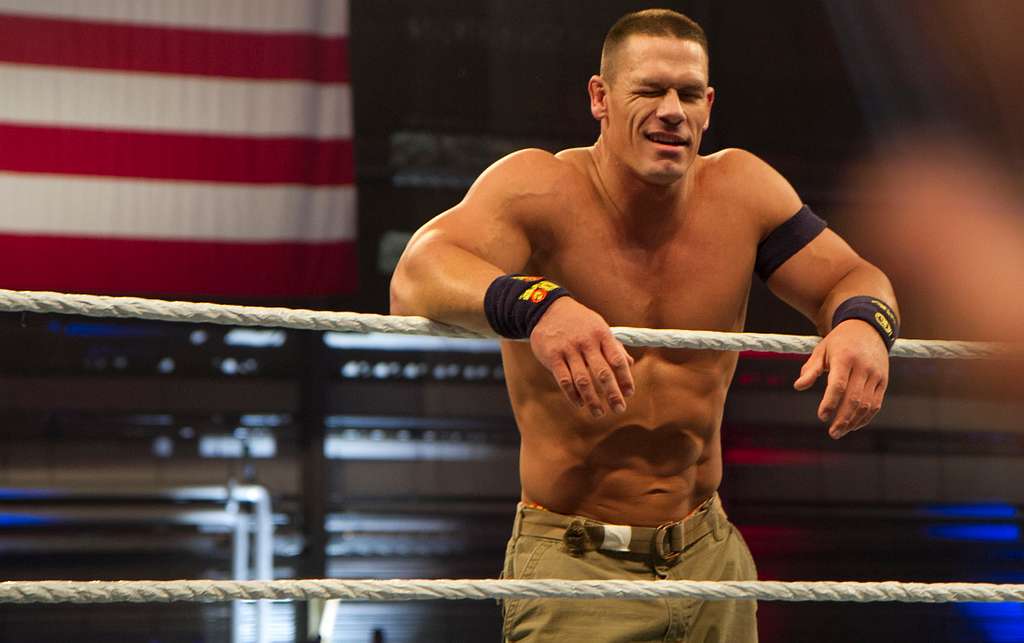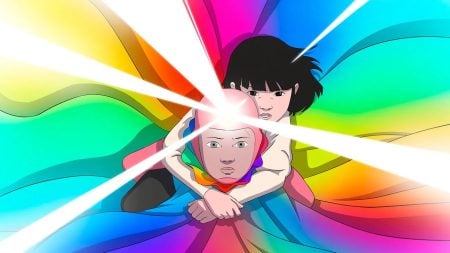From epic showdowns and deeply personal feuds to the meteoric rise of fan favorites, wrestling hinges on the power of well-crafted narratives. Characters become icons, matches turn into legends, and fan investment reaches a fever pitch, proving that the heart of wrestling beats strongest through its stories.
Professional wrestling is not just explosive athleticism and high-flying maneuvers—it’s a spectacle built on the foundations of narrative and emotion. At the core of its enduring global appeal is the art of storytelling, a tradition championed for decades by visionary figures like Vince McMahon. Under his leadership, wrestling has evolved into a dynamic fusion of sports, drama, and theater, where every maneuver in the ring is a plot point and every rivalry is a story waiting for its conclusion. The stories in the squared circle forge emotional bonds with fans, transforming casual viewers into lifelong supporters.
The Importance of Character Development
Wrestling’s most memorable stories are built on characters, from larger-than-life heroes to scheming villains. Legends like “Stone Cold” Steve Austin, The Undertaker, and John Cena are not just physical prowess but a product of masterful character work and evolution over time. Successful wrestlers embody their roles fully, both inside and outside the ring, fostering feelings of admiration, hatred, or empathy that elevate each match beyond mere sport. The journey from fan-favorite underdog to world champion is a classic narrative that never loses its power, reminding audiences why they tune in week after week.
Crafting Compelling Storylines
Wrestling’s appeal lies in its intricate storylines, often involving real-life issues or past encounters, blurring the lines between reality and fiction. These tales can span seasons or years, providing long-term rewards and unexpected twists for fans. Wrestling promotions use actual events or genuine emotion to add authenticity and surprise. Attention to detail, from dialogue to visual cues, ensures narrative continuity, turning simple bouts into climactic showdowns that resonate beyond the final bell, enhancing the audience’s experience.
The Art of In-Ring Storytelling
The ring is the ultimate stage, where every move tells a part of the broader story. Wrestlers rely on psychology—timing, crowd interaction, and physical expression—to convey the ongoing drama. A comeback by a battered competitor, the arrogance of a villain taunting the crowd, or the desperation of a pinfall escape—all are chapters in a larger tale.
Much of this in-ring storytelling is non-verbal. Subtle body language, lingering stares, or extended selling of injuries can create sympathy or build tension. The best matches are those where the audience becomes emotionally involved in each moment, feeling every victory and setback as if they were happening to themselves. In this way, a match can communicate themes of hope, loss, vengeance, or redemption without a single word being spoken.
The Creative Process Behind the Scenes
Wrestling storytelling relies on the collaboration of writers, producers, and luchadores. Creative teams brainstorm plotlines, character arcs, and script segments to appeal to audiences of all ages and backgrounds. Feedback is constantly integrated, and live audience reactions and social media discourse can prompt changes or spotlight confident performers. Wrestlers contribute their own ideas and experiences, ensuring authentic and fresh narratives. This ongoing dialogue makes wrestling unpredictable, with fans never knowing where the next twist might come from.
Audience Engagement and Emotional Connection
Wrestling is a highly emotional sport that relies on the reactions of its audience, allowing promoters and performers to adapt stories in real time. This feedback allows fans to participate in the action, influencing outcomes and shaping the narrative direction. The interactive nature of modern wrestling, bolstered by social media, allows fans to contribute to propelling confident performers or feuds to new heights. The emotional highs and lows experienced during matches make wrestling unique among live entertainment options.
Evolution of Storytelling in Wrestling
Wrestling storytelling has evolved over time, reflecting cultural shifts and viewer expectations. It now features nuanced characters, personal conflicts, and multi-layered motivations. The digital age has introduced new storytelling tools, allowing wrestlers and promotions to connect with fans 24/7 through platforms like Twitter, Instagram, and YouTube. This multimedia expansion creates an immersive experience, allowing fans to engage with their favorite performers whenever and wherever they choose.
Conclusion
Storytelling is the lifeblood of professional wrestling, elevating each contest from a physical battle to an emotionally charged narrative. With compelling characters, intricate plots, and immersive in-ring performances, wrestling becomes more than entertainment—it becomes an experience. As the industry continues to evolve and adapt, the fundamental art of storytelling remains its beating heart, ensuring that professional wrestling endures as one of the world’s most captivating forms of entertainment.
What’s up fellow geeks! I’m AB and I’m as passionate a pro wrestling fan as you’ll find. I’ve been watching wrestling for 19 years and it’s my absolute favorite form of entertainment. I have a podcast called That Wrestling Pod, and I feel like I bring a fresh and positive perspective on all things professional wrestling. In addition to wrestling, I’m a huge movie buff, a die hard Seattle Seahawks and Chicago Bulls fan, I love all kinds of music and I’ve been known to dabble on some PS4. I feel like I fit right in here on Geek Vibes Nation, and I’m excited to contribute to a world of fellow Geeks. You can follow me on Twitter @ThatWrestlePod and can also find me on Facebook under That Wrestling Pod. Keep on keepin on!




![‘Jay Kelly’ Review – Noah Baumbach Makes A Case For The Magic Of Movie Stardom [NYFF 2025] ‘Jay Kelly’ Review – Noah Baumbach Makes A Case For The Magic Of Movie Stardom [NYFF 2025]](https://cdn.geekvibesnation.com/wp-media-folder-geek-vibes-nation/wp-content/uploads/2025/11/Jay-Kelly-JKELLY_20240523_15320_C2_R-300x180.jpg)

